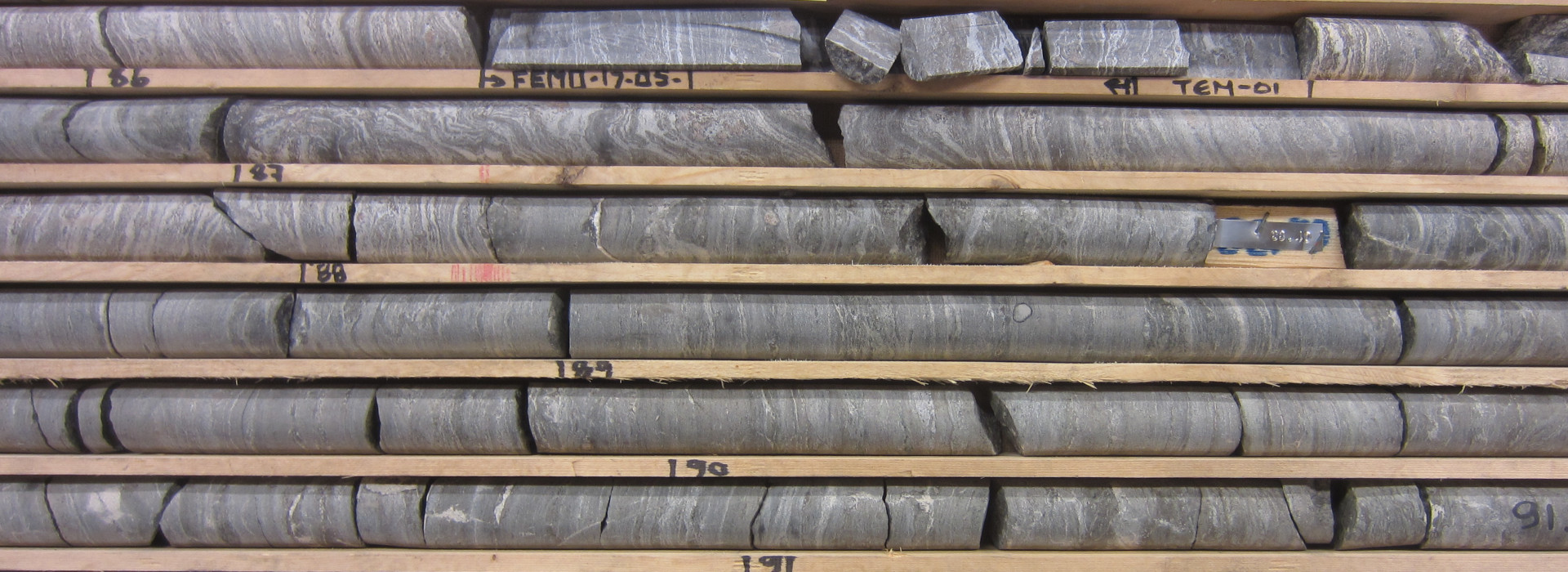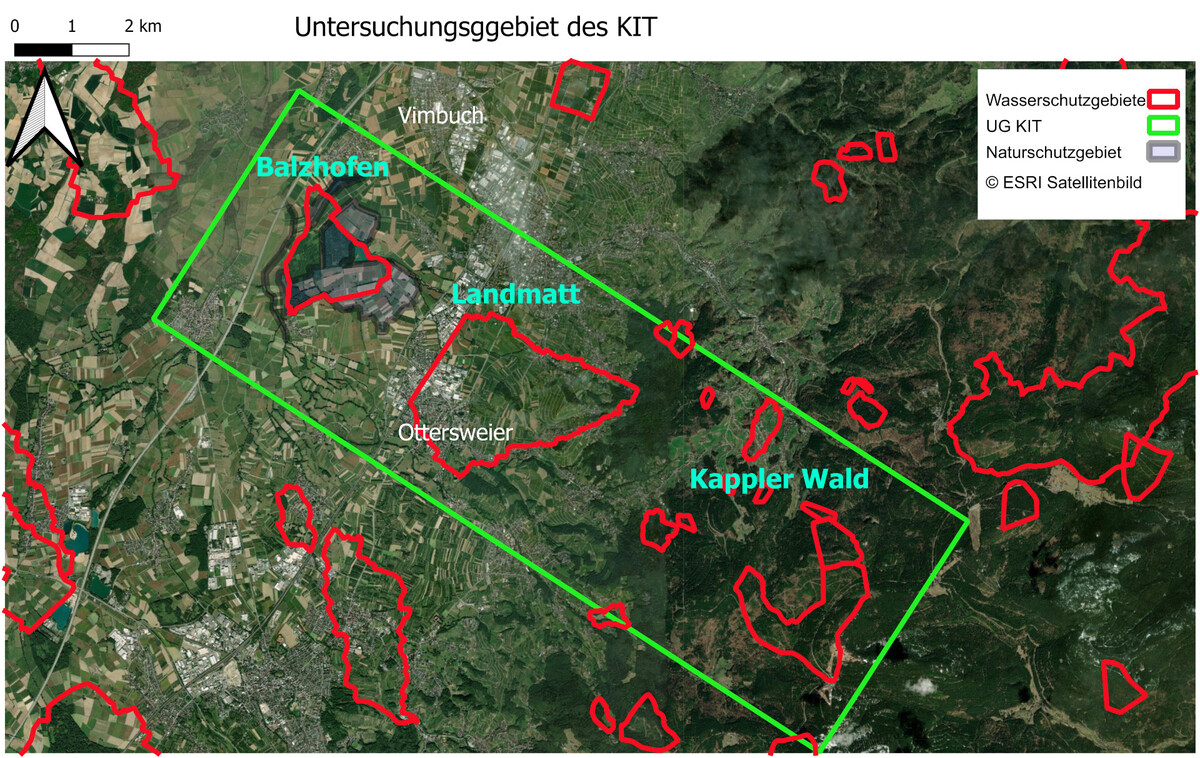Derivation of ecosystem services from soil water balance parameters under consideration of climate change for drinking water protection areas using the example of the region Bühl
- Supervisor:
- Person in Charge:Tino Degenhardt
- Links:Project BioWaWi
Ecosystem services represent a major utilization factor for humans. The conservation and protection of biodiversity is an important aspect resulting from this. The BioWaWi project (Biodiversity and Water Management, biowawi.info) deals with the question to what extent biodiversity in drinking water protection areas is an important part for waterworks in times of increasing droughts, heat waves and water abstraction. With the aim of transferability of the results to other drinking water protection areas, a handbook for other waterworks is to be created.
The study area for the KIT extends from the A5 highway near Bühl up to the B500 federal highway in the Black Forest over three large water protection areas Balzhofen, Landmatt and Kappler Wald as well as the Waldhägenich nature reserve (see figure). The model area already begins at the Rhine. In addition to a detailed biotope type mapping, an app establishment for the determination of insect as well as bird species, among other things, an area-wide soil mapping with a pürckhauer as well as dredge excavations is planned. The soil mapping is to provide information about the soil properties in relation to soil water balance parameters. With knowledge of permeability coefficients, organic carbon contents and numerous other parameters determined in-situ and in the laboratory, the relevance of the soil with regard to drinking water quality will be elicited and evaluated. In addition, groundwater inventory meters are used to detect fluctuations in groundwater. The extent to which fluctuations correlate with precipitation will be determined by means of weather stations. These will measure, among other things, air temperature and humidity as well as the amount of precipitation. In addition, soil moisture sensors will be installed in order to be able to observe the temperature and moisture development in the soil depending on depth.

